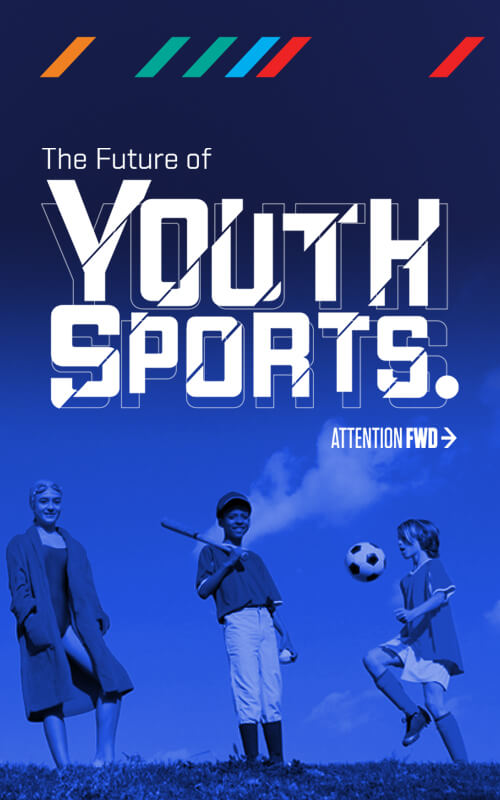Selfie Stardom
Athletes Narrate Their Own Games
Broadcasting will become increasingly lucrative as athletes who narrate their own games become more popular and athletes are rewarded instantly for flashy or successful feats. Celebrity broadcasting will explode in popularity as the broadcaster and athlete can split the profits. Tony Romo, a former NFL athlete and popular announcer, recently signed a $17 million per year broadcasting contract with CBS. What if he could make his own channel? Imagine Mark Wahlberg, Tom Brady’s close friend, broadcasting a Tom Brady Super Bowl and each netting $20 million for the day in Pay-Per-View revenue.
The effect of these trends on the online youth sports market has many unknowns: How long will it be until high school kids are able to make money from their athletic talents? What current or emerging media platforms will become the TikTok of sports and push fans’ money into student-athletes’ Venmo accounts? Will arena ownership venture into the virtual real estate markets or try to resist the inevitable?
The Future Is Already Here Dep’t
Utopia 2035
Recruiters and college coaches routinely pay significant subscription fees to watch school-age athletes perform throughout the country by way of a network of freelance videographers. The high-quality broadcasts, enhanced via AI to NFL Films–level quality, preserve games that until now were only retained through memories. Youth athletes build small (think thousands, not millions) but passionate audiences on social media. Sponsors line up to reach these audiences, and youth sports organizations and high school conferences provide the infrastructure to handle deal flow on behalf of the kids and families. The NCAA waives restrictions on athletes receiving payments for endorsements. Sponsor dollars let kids and their families maximize the return on their talents, while at the same time funding operations for schools and youth clubs and easing financial burdens on families.
-
![]()
Want a Hard Copy?
Buy a CopyThe complete report on The Future of Youth Sports is available for purchase. Includes 10 topics and our thinking on how to create a better youth sports experience for all.

